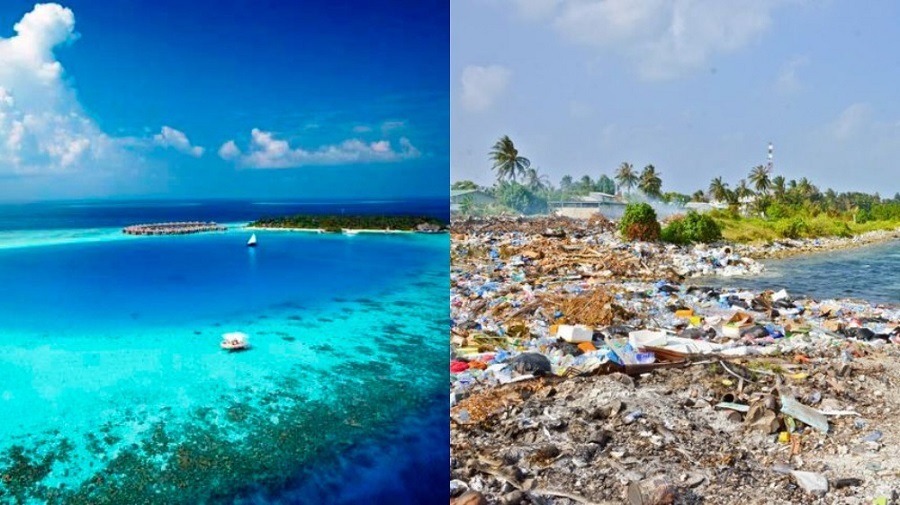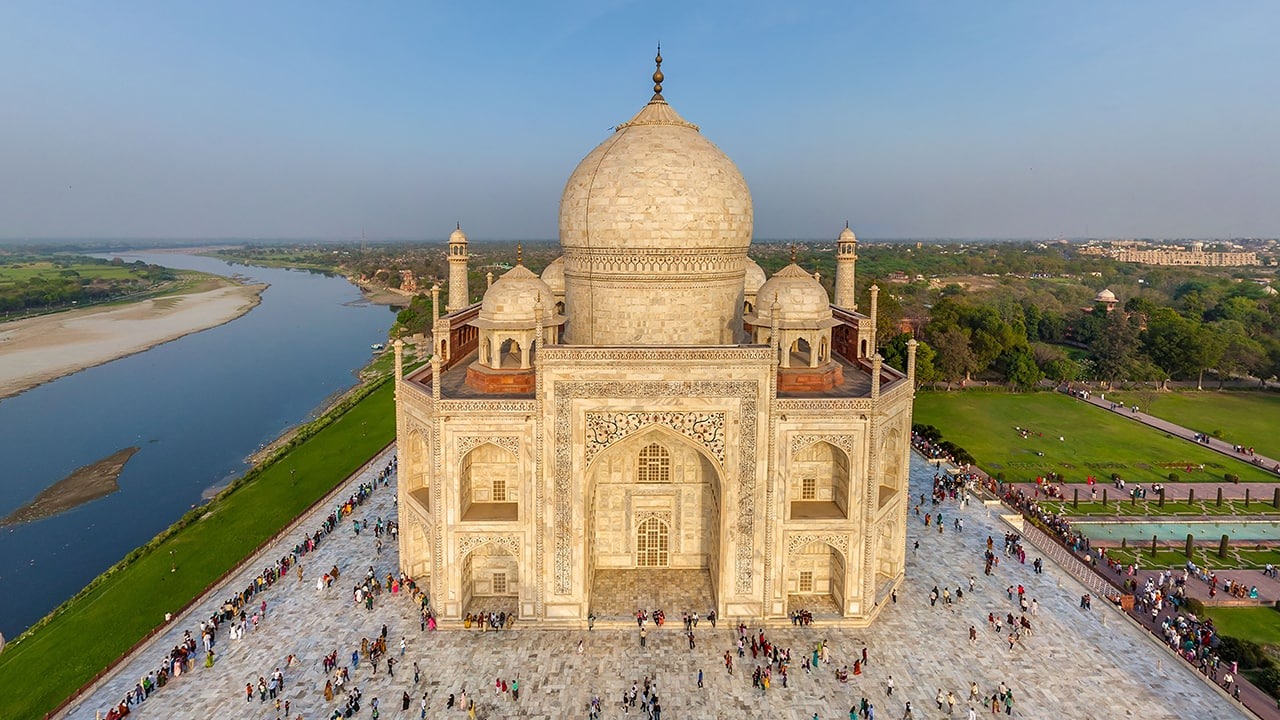Famous landmarks often carry an air of mystique, thanks to carefully curated images in travel brochures, movies, and social media. However, reality doesn’t always match expectations. Many of the world’s most iconic destinations are shaped not just by history and beauty but also by urbanization, environmental changes, and mass tourism. Here’s a look at these well-known places that might appear different than anticipated when seen in person.
Pyramids of Egypt

- Location: Giza, Egypt
- Notable Feature: Closer to modern city life than expected
The Great Pyramids of Giza are often pictured in vast, endless desert landscapes, isolated from modern civilization. However, in reality, they are located just on the edge of Cairo, Egypt’s bustling capital. Only a short distance away, visitors will find urban buildings, busy roads, and even fast-food chains like KFC and Pizza Hut. While the pyramids themselves remain a breathtaking testament to ancient engineering, the commercialized surroundings may be surprising to first-time visitors. Additionally, street vendors and guided tour offers are common near the site, making it important to plan ahead for a smooth experience. Despite the unexpected urban backdrop, the Pyramids of Giza remain one of the world’s greatest historical wonders, offering visitors a glimpse into ancient Egyptian civilization like no other.
Park Güell, Barcelona

- Location: Barcelona, Spain
- Notable Feature: Limited number of mosaic houses
Visitors often imagine Barcelona as being filled with Gaudí’s whimsical mosaic architecture, largely due to images of Park Güell. However, in reality, the famous mosaic houses are limited to just two structures within the park, and entry to them requires an additional ticket. Many tourists expect an immersive, fairy-tale-like cityscape but may be surprised by how small and crowded the mosaic area actually is. However, the park still offers incredible views from its observation deck, along with picturesque walkways and lush gardens. For those who enjoy panoramic city views and artistic architecture, Park Güell is worth visiting, even if the mosaic elements are less expansive than expected.
Spanish Steps, Rome

- Location: Rome, Italy
- Notable Feature: Overcrowding makes relaxation difficult
The Spanish Steps in Rome are often envisioned as romantic and peaceful, perfect for a quiet stroll or a place to sit and admire the scenery. However, the reality is that the steps are often packed with tourists, making it difficult to find an open spot to sit. This iconic staircase is one of Rome’s busiest attractions, often filled with people taking photos, chatting, or simply passing through. Despite the crowds, the steps still maintain their historical and architectural charm. To experience them with fewer crowds, visiting early in the morning or during the off-season is recommended.
Maldives

- Location: Indian Ocean
- Notable Feature: Environmental concerns from tourism waste
The Maldives is famous for its pristine beaches, turquoise waters, and luxury resorts. However, an issue not commonly highlighted is Thilafushi, a man-made landfill island created to handle the enormous waste generated by tourists. Every day, over 330 tons of garbage is sent to Thilafushi, impacting the environment and marine life. While some sustainable tourism initiatives are in place, the sheer volume of waste remains a growing concern. Despite these environmental issues, the Maldives is still one of the most beautiful island destinations in the world, and responsible travel choices—such as staying in eco-friendly resorts—can help minimize environmental impact.
Hall of Mirrors, Versailles

- Location: Versailles, France
- Notable Feature: Overcrowding makes it hard to fully appreciate
The Hall of Mirrors in the Palace of Versailles is a masterpiece of architecture, featuring grand chandeliers, golden decorations, and 357 mirrors. However, many visitors expect a serene and regal atmosphere, only to be met with large crowds moving through the space non-stop. Since Versailles is one of France’s most visited attractions, the Hall of Mirrors often feels more like a tourist thoroughfare than a peaceful royal chamber. For a quieter experience, visiting early in the morning or during the off-season is the best strategy.
Manneken Pis, Brussels

- Location: Brussels, Belgium
- Notable Feature: Smaller than expected and often dressed in costumes
The Manneken Pis statue, a symbol of Brussels, is frequently depicted as a quirky and humorous landmark. However, many visitors are surprised to find that it is only 60 cm (24 inches) tall, making it much smaller than expected. Adding to the surprise, the statue is often dressed in different costumes, reflecting cultural events and festivals. Though it may not be as grand as anticipated, the playful and lively atmosphere around it makes it a fun and unique attraction in the heart of Brussels.
Stonehenge, United Kingdom

- Location: Wiltshire, England
- Notable Feature: Close to a modern highway
Stonehenge is often imagined as a remote, mystical site surrounded by vast open fields. However, visitors are often surprised to find that a busy highway runs nearby, detracting from the expected solitude. While the massive stone circle remains awe-inspiring, the modern surroundings can make it feel less isolated and magical than some expect. Despite this, the historical significance of Stonehenge, dating back over 5,000 years, makes it a must-visit landmark.
Taj Mahal, India

- Location: Agra, India
- Notable Feature: Nearby landfill and pollution issues
The Taj Mahal is a globally admired symbol of love and architectural beauty, often portrayed as an untouched, pristine monument. However, visitors are sometimes taken aback by air pollution, stray animals, and nearby landfills that contrast with its grandeur. Despite these environmental concerns, the intricate marble carvings and historical significance of the Taj Mahal remain unmatched. Ongoing efforts to maintain the site and control pollution continue, ensuring that it remains one of the world’s greatest architectural treasures.
Leave a Reply